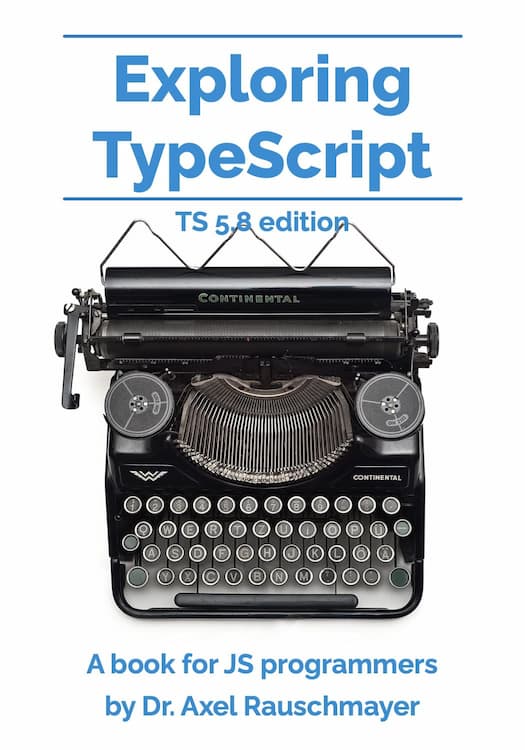
"In this chapter, we learn how to handle tasks that take a long time to complete - think downloading a file. The mechanisms for doing that, Promises and async functions are an important foundation of JavaScript and enable us to do a variety of interesting things. This is a challenging chapter # This chapter tackles some challenging topics. You may not immediately understand everything. However, that is normal:"
"A queue is a data structure to which we add values, which we then retrieve from it later. It works like a queue of people in front of a ticket booth: The first value we retrieve is the first value that was added. The second value we retrieve is the second value that was added. Etc. That's why a queue is also called a FIFO data structure: First In First Out. JavaScript arrays can be used as queues, via the following two methods:"
Long-running tasks such as file downloads require non-blocking mechanisms like Promises and async functions to avoid freezing JavaScript execution. Learners should allow time, reread sections, experiment with code, and consult resources such as MDN. A queue implements FIFO behavior: values are added and later retrieved in the same order. JavaScript arrays can serve as queues using methods such as push and shift. Invoking .shift() on an empty array returns undefined. Modern operating systems support multitasking, but JavaScript code executes within a single thread, so asynchronous patterns are essential for responsive applications.
Read at 2ality
Unable to calculate read time
Collection
[
|
...
]